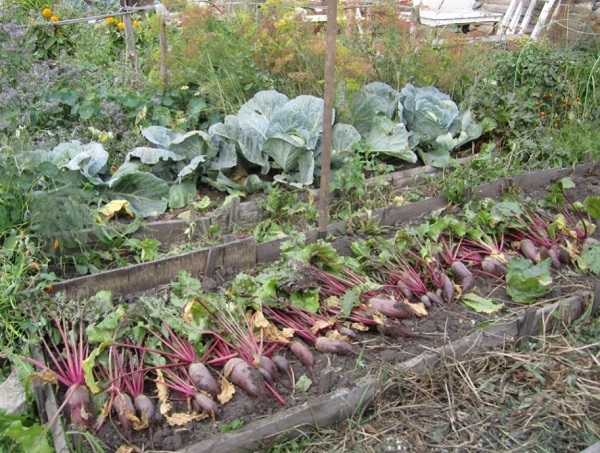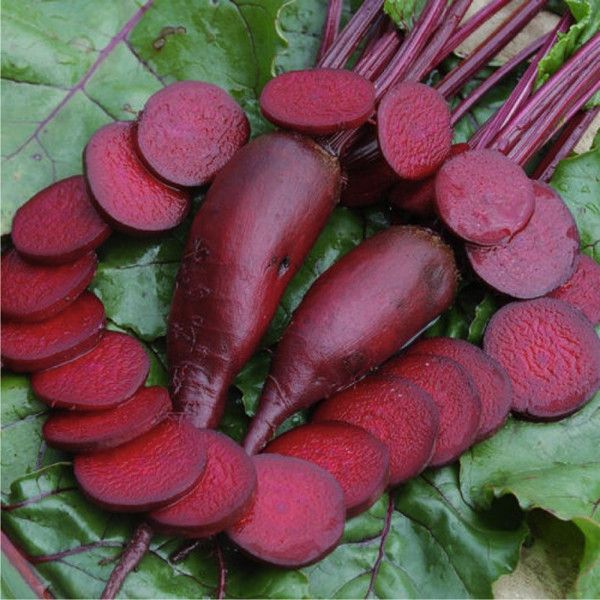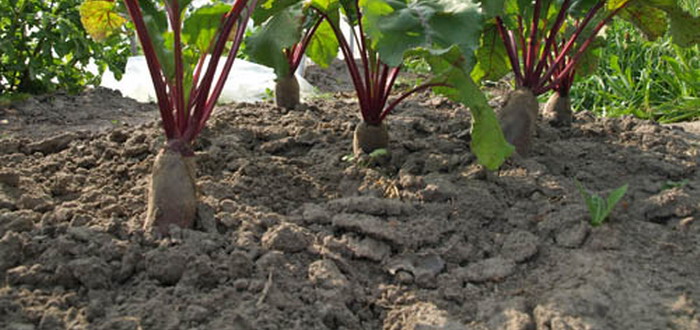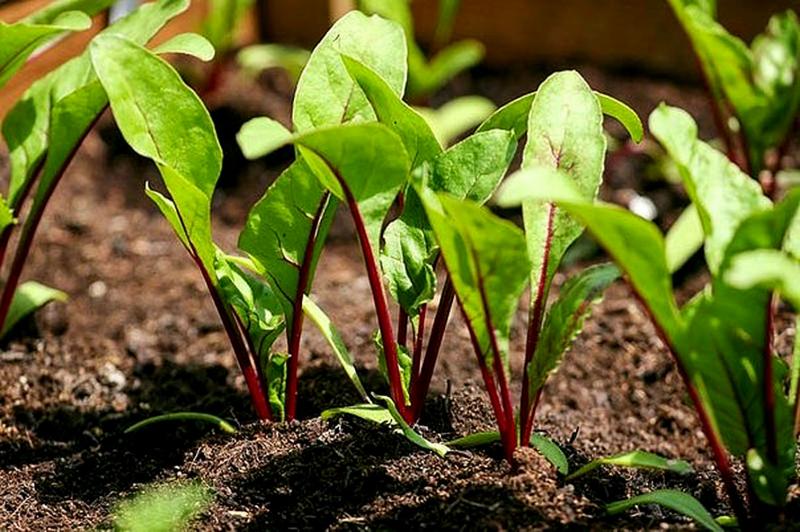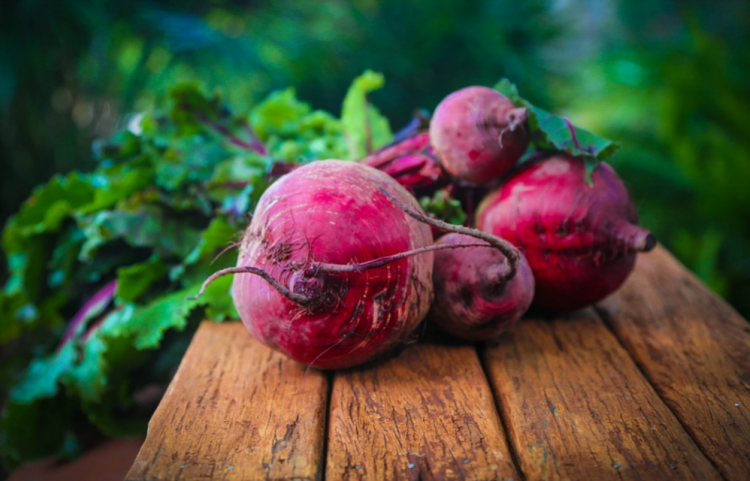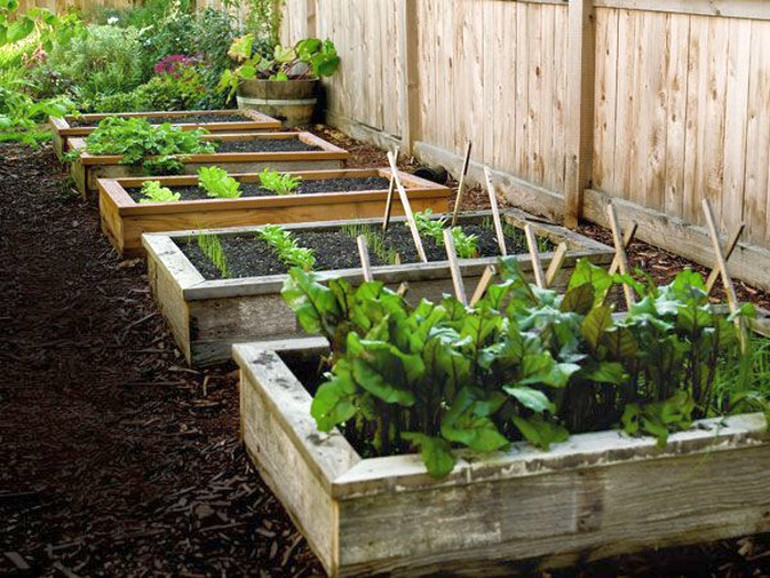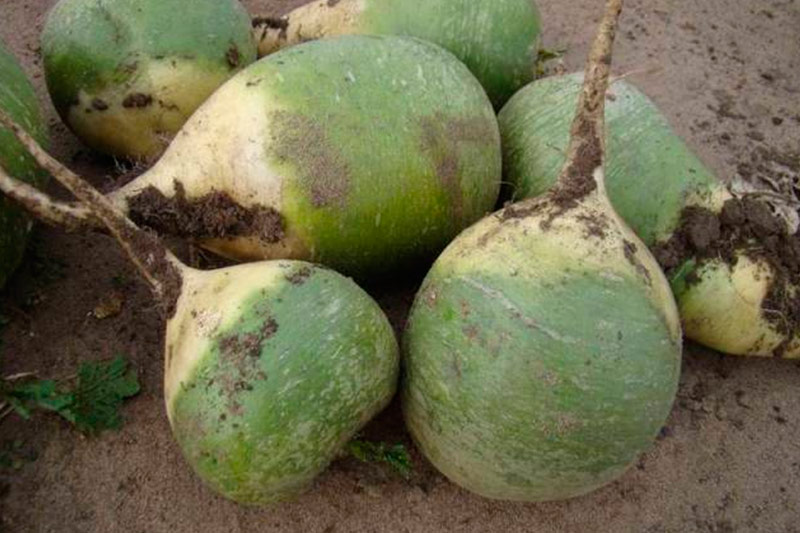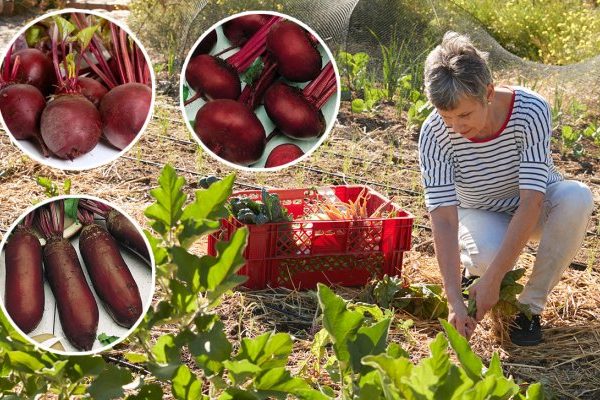Content:
The Cylinder beet deserves a place of honor among gardeners and gardeners around the world. Unpretentiousness, ease of planting and maintenance, high yield and decent taste are the advantages of this beet variety and the main reason for its well-deserved popularity.
Cylinder grade description
Cylindrical beet is a root crop of a mid-season table variety.
The vegetable has the following characteristics:
- the period of full maturation of the Cylinder fruit is 3 months from the date of planting;
- each individual root vegetable is distinguished by an oblong "cylindrical" shape and can reach up to 17 cm in length and up to 10 cm in diameter;
- the vegetable has a rich crimson-red color with whitish veins, it is covered with a thin skin of a darker and more uniform color;
- the root vegetable has a freshly sweet taste, but there is no pronounced smell;
- the weight of one beet can vary from 250 g to 700 g;
- under proper conditions, the cylinder can be stored for more than six months;
- the variety is resistant to pests and the main types of plant diseases.
One square meter can be harvested about 10 kg of beet crop. Cylinders. Such ripening is the result of compact placement of the root crop in the planting place.
Features:
Cylinder beets, the cultivation of which has become an art and is an indicator of the skill of any gardener, has no pronounced drawbacks.
On the contrary, this variety has several advantages:
- beet Cylinder has healing properties that appear after prolonged use of beets in food: the work of the digestive tract, the organs of the excretory and cardiovascular systems is normalized;
- the root vegetable has a pleasant taste and smell, it is perfectly used in the preparation of hot and cold dishes, salads and preparations;
- The cylinder does not require special care, which does not affect the high yield of the vegetable;
- Due to its cylindrical shape, beets take up little space on the beds, as a result of which you can save land space;
- beets are in great demand among buyers, although they can not be bought everywhere;
- the cooking speed of the Cylinders is slightly higher than that of the brethren: Buriak, Mono, One-sprout and other types of beets.
Cylinder beets can easily be grown not only by experienced gardeners, but also by novice amateur gardeners.
Preparation of conditions and landing
The Cylinder variety was developed in Holland. The culture ripens outdoors in climatic conditions throughout Russia. In Siberia and the middle zone of our country, the seedling planting method is practiced, which makes it possible to accelerate the ripening of the root crop by almost a month.
This variety of beets is very sensitive to cold weather, therefore, it is recommended to start planting only after the onset of stable warm weather. Frost can provoke the formation of peduncles.
There are two ways to grow beets to Cylinder: planting seeds and planting seedlings. The second method is considered less effective, since young shoots do not cope well with temperature changes.
Seeds must be selected from trusted manufacturers. For planting to give good germination, it is recommended to follow the instructions on the package.
Cylindrical beets prefer warm, sunny climates and moist soil. Its taste is directly dependent on the acidic reactions occurring in the earthy environment. To make the taste of Cylinders sweeter, it is fashionable to add lime or dolomite flour to the soil.The elements will reduce the number of whitish veins in the pulp of the root vegetable.
To improve the quality of seedlings, it is recommended to sort the planting materials by particle size and treat with a solution of ash or potassium permanganate. You can also use ready-made growth stimulants, after which the seeds of the Cylinders are washed and placed in a warm place to prepare for planting.
For planting, you must choose an open and sunny area with neutral indicators of acidity in the soil. If the acid-base balance is not observed, the fruits will be susceptible to attack by pests and diseases, which will affect their shelf life.
In addition, you must adhere to the following rules:
- observing the rules of crop rotation, the beets of the Cylinder should be planted in the beds where legumes or melons and gourds had previously grown;
- fresh manure can affect the deformation of the root crop;
- planting time depends on climatic conditions, but most often it is customary to plant beets in the second half of May, at a stable air temperature of +13 C and above, and soil temperature - from +8 C;
- Ideally, beet beds should be cultivated 1 meter wide and 20 cm high.
Seeds must be placed at a depth of 2-3 cm with a occupied area of 25 * 8 cm. After planting, the soil must be mulched and well moistened. In stable warm weather, sprouts may appear on the fifth day.
If frosts are predicted, it is recommended to cover the root crop.
When planting seedlings, the length of the tops should be taken into account, which should not be less than 7 cm. The root should be slightly shortened and placed in loose soil, after which it should be watered. Seedling planting is performed in cloudy weather.
Care features
To obtain a high and high-quality harvest, you must follow a few simple rules:
- The distance between shoots should not be less than 10 cm;
- It is important to constantly monitor the amount of trace elements in the soil. In the first month, it is recommended to feed the soil with fertilizers containing nitrogen;
- It is important to remove weeds and loosen the soil in time;
- Potassium, magnesium and fluoride are very important trace elements for beets. They can be replenished with wood ash and fermented herbal infusion;
- Chemical fertilizers should be avoided so that the fruits do not accumulate nitrates;
- Abundant watering should be done only during the germination period. 2 weeks before harvesting, watering the beets is completely stopped.
Experienced gardeners add table salt to the water, from the proportions of 1 teaspoon of salt to a bucket of water. This will increase the sugar content of the root crop and protect it from pests.
Diseases and pests
Another advantage of beetroot Cylinders is good immunity to various diseases, but this does not mean that no preventive measures are needed. To grow a strong and healthy root crop, you need to know what prerequisites contribute to the occurrence of various diseases:
- the composition of the soil overloaded with chemicals;
- errors in the cultivation and processing of the planting site;
- excess of "neighbors", darkness;
- stagnant moisture;
- getting young shoots into cold temperatures.
Preventive measures:
- compliance with agrotechnical rules for the care and cultivation of beets;
- compliance with the rules of crop rotation;
- selection of quality seeds and proper preparation for planting.
If parasites and pests still inhibit the root crop, you need to know the measures of influence on them:
- The fungal type of lesion is phomosis. It is manifested by rotting of the core of the root crop and spots on the edges of the tops. It is necessary to treat the beds with boric acid;
- Blackleg or root infection. This means that the soil is not sufficiently oxygenated. It is necessary to loosen the soil well, increase the acidity level and remove diseased plants;
- False dew. Lilac bloom on the leaves. The plant dries up and dies, fungicides are applied;
- Brown rot. The manifestation of a gray coating on the surface of the vegetable. This is the result of excess moisture and nitrogen content in the soil.Control measure - all root crops are removed, and the site is not recommended for sowing beets for 2-3 years;
- Cercosporosis. It has a destructive effect on the tops and the vegetable itself. It is necessary to flavor the soil with potassium (ash) and weed the area well;
- Insects: aphids, beet flies, midges, shield beetles. To control pests, it is necessary to dig up the ridges well after the harvest season and use insecticides.
High-quality care is the key to high productivity of beets. Cylinders.
